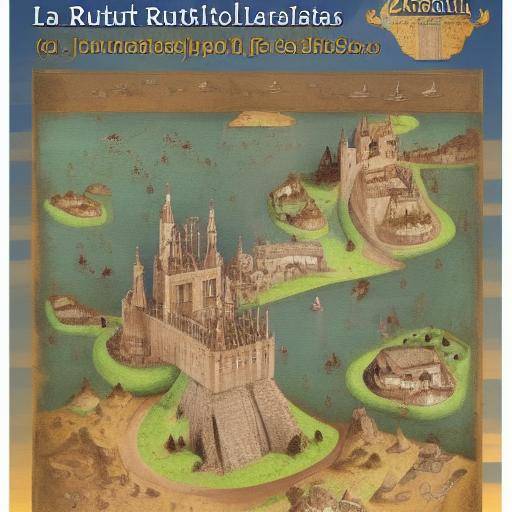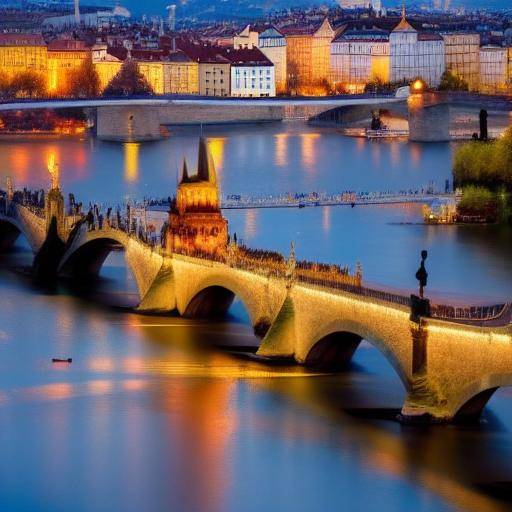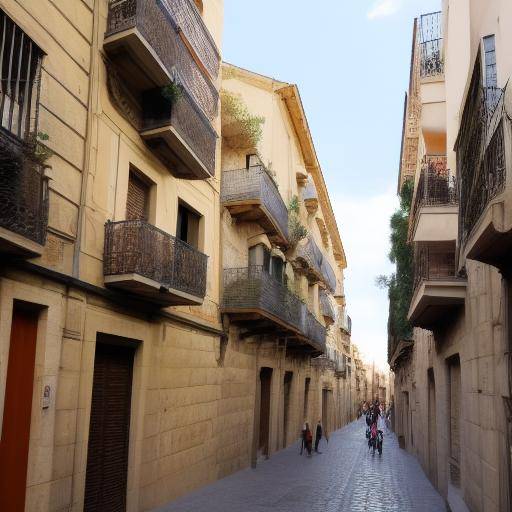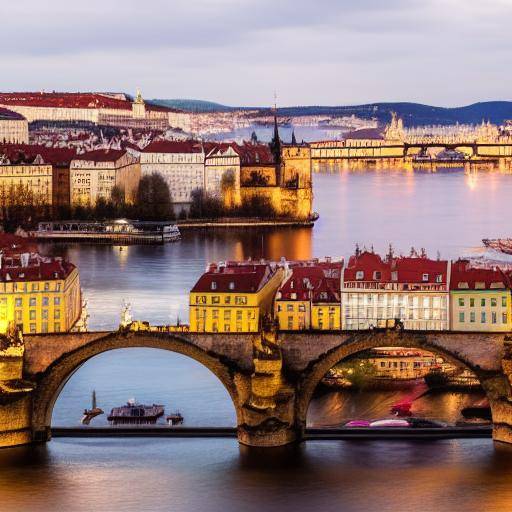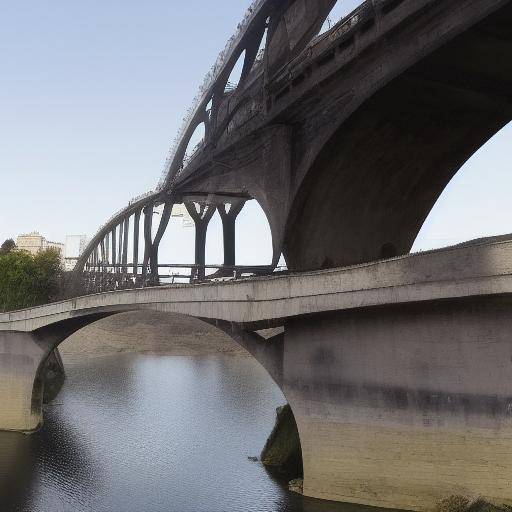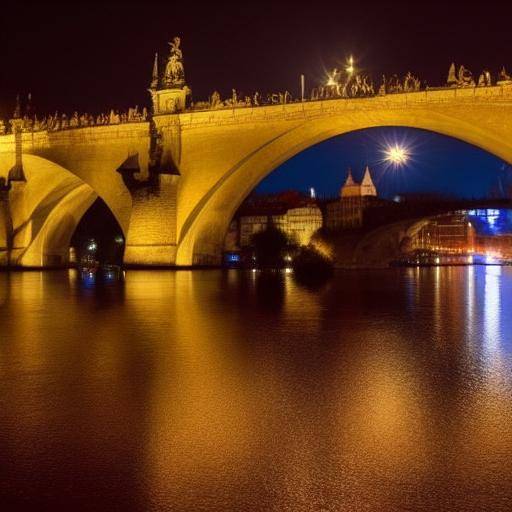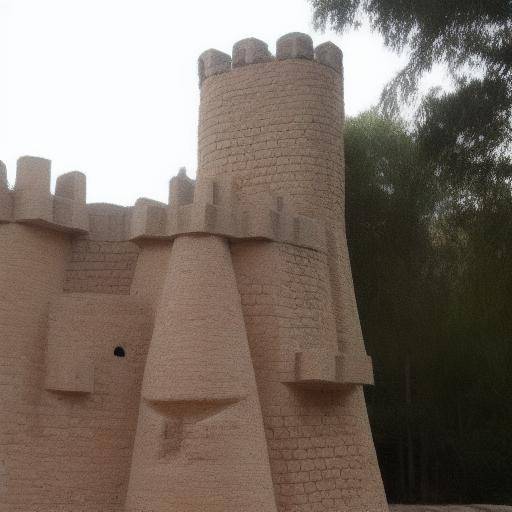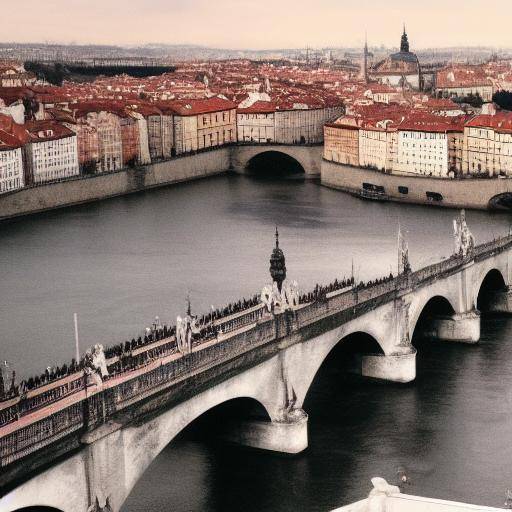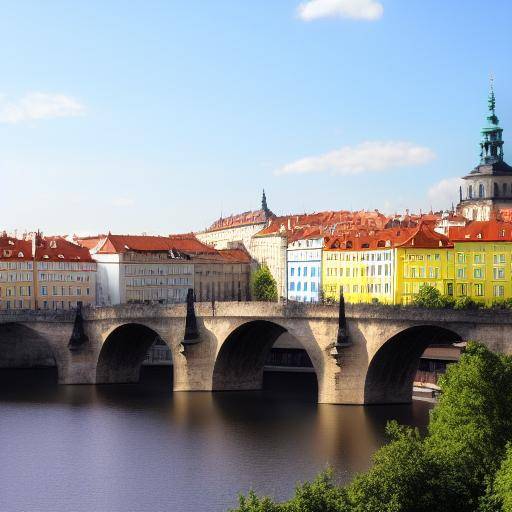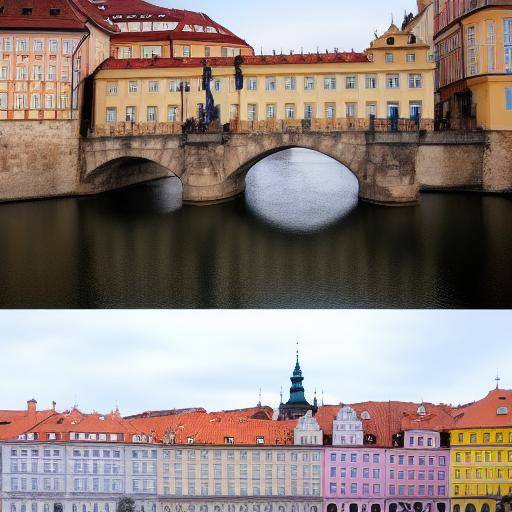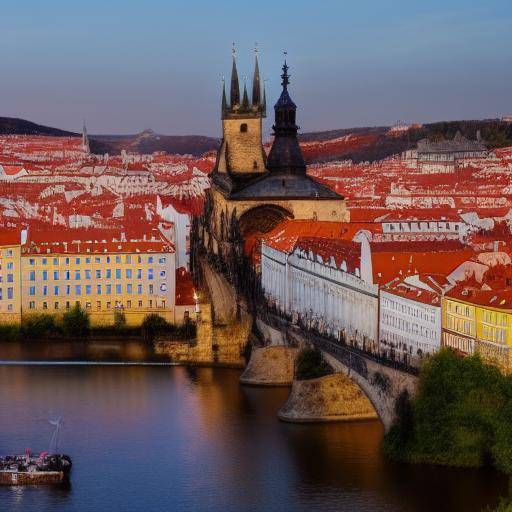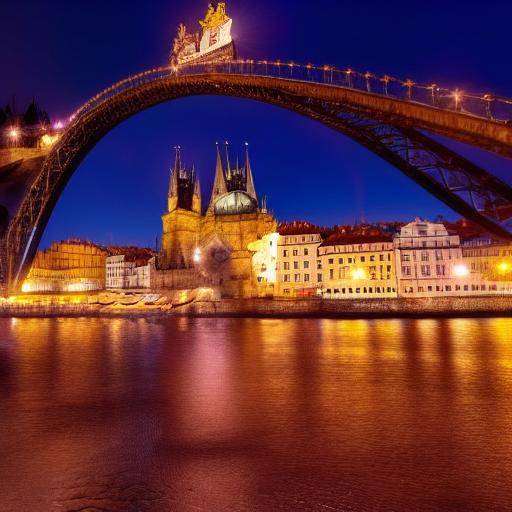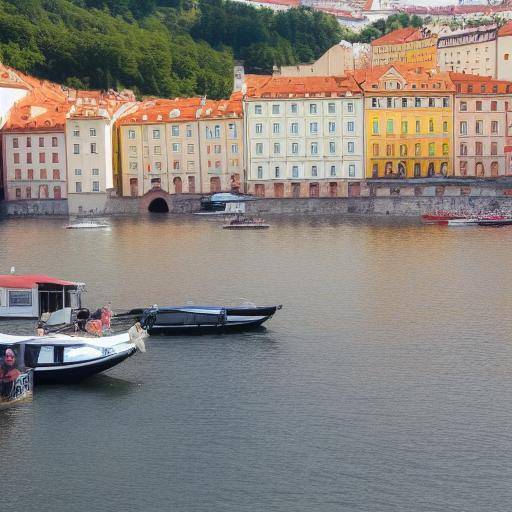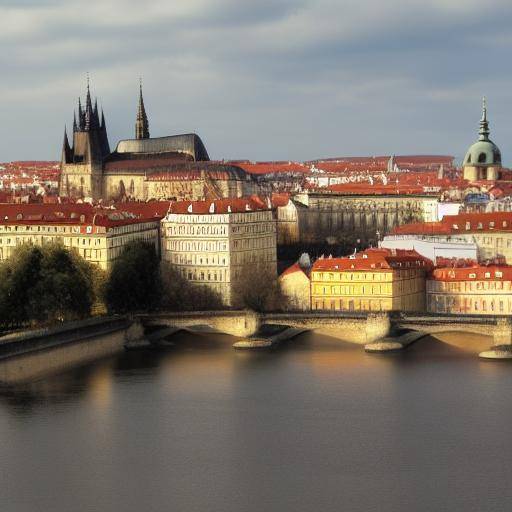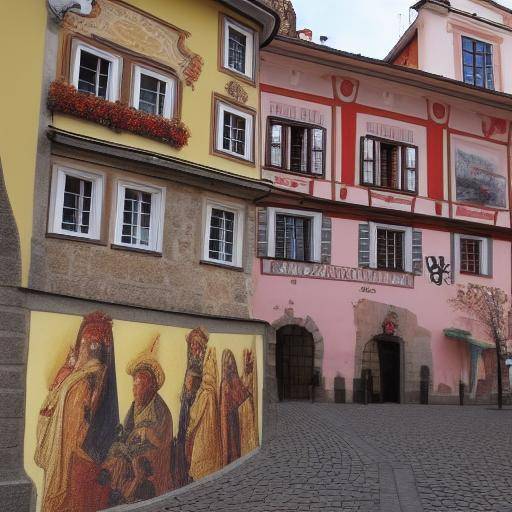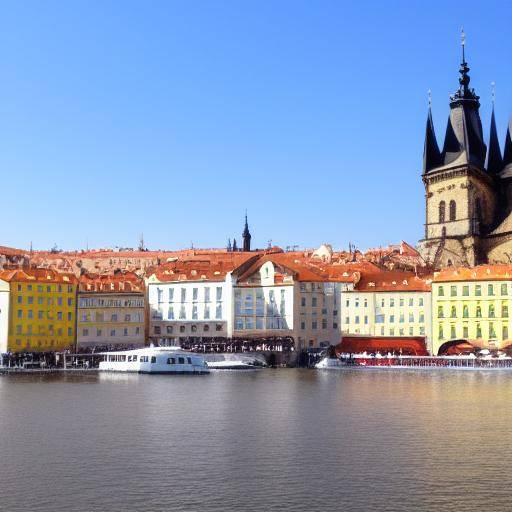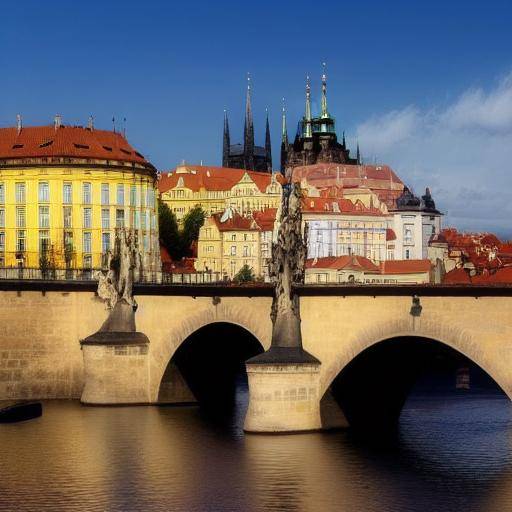
The Charles Bridge in Prague is much more than a stone structure that crosses the River Moldava. It is a historical symbol, an architectural jewel and a lasting testament to Gothic dexterity that has resisted the passage of time. In this article, we will explore in detail the rich history and architectural beauty of this centuries-old wonder, entering the city of Prague and its Gothic architecture. Discover the fascinating narratives that weave around this iconic bridge, and immerse yourself in the impressive heritage that keeps for those who visit it.
Introduction to the Charles Bridge
The Charles Bridge, known locally as "Karluv Most", is one of the most emblematic attractions in Prague and one of the most famous structures of Gothic architecture in Central Europe. With its imposing statues, its unique architectural design and centuries-old history, the bridge attracts visitors from all over the world, eager to marvel at its splendour and immerse itself in its historical legacy. Since its construction in the 14th century, the Charles Bridge has witnessed centuries of history, becoming the lasting link between the Old Town and the Prague Castle.
History and Evolution of the Charles Bridge
The history of the Charles Bridge dates back to the reign of Charles IV, the emperor of the Holy Roman German Empire, who entrusted his construction to the acclaimed architects Peter Parler and Mathias Arras in 1357. For an initial purpose of replacing a former structure seriously damaged by flooding, the new bridge became a milestone in engineering and Gothic design, merging function and beauty in a lasting masterpiece.
For centuries, the Charles Bridge has witnessed significant events, from historical battles to cultural festivals. Its unique architecture, adorned with impressive baroque sculptures, has resisted fires, floods and even wars. Over the centuries, the bridge has been a silent witness of the evolution of Prague, serving as a symbol of the connection between the past and the present of the city.
Architectural and Cultural Significant Beauty
The impressive architectural beauty of the Charles Bridge is revealed in its 16 stone arches and in the 30 statues of saints who decorate it. Each statue tells a unique story, from the imposing figure of St.John Nepomuceno to the statue of St. Luthgard, which according to legend, makes reality the wishes of those who touch it. These magnificent sculptures not only embellish the bridge, but also infuse a sense of mysticism and devotion to the structure. This fusion of art, architecture and symbolism is what makes the Charles Bridge a real architectural wonder.
The panoramic views of the bridge, with the Prague Castle far away and the Moldava River winding under its arches, add an incomparable charm to the experience of walking on it. Street artists, musicians and street vendors who animate the bridge with their talents and goods bring vitality to this place impregnated with history. This unique combination of visual beauty, cultural meaning and lively atmosphere makes the Charles Bridge a must-see destination for travelers and lovers of Gothic architecture.
Charles Bridge and the City of Prague
The Charles Bridge is not only a distinguished structure of itself, but also plays a crucial role in the urban fabric of Prague. By connecting the two banks of the River Moldava, it serves as a vital artery that links the Old Town with the Barrio de Malá Strana and the Prague Castle, allowing the inhabitants and visitors of the city to go through the river easily. The imposing and majestic presence of the bridge not only enriches the horizon of Prague, but also influences the daily lives of those who live and work in its surroundings.
The Legacy of the Gothic Architecture in Prague
The city of Prague, with its rich history and architectural legacy, is a backdrop perfect for the magnificent presence of the Charles Bridge. The Gothic architecture, with its high arches, colorful windows and detailed sculptures, has left a lasting mark in the city. From the majesty of the Cathedral of San Vito to the intricate details of the Town Hall, Prague is a living testimony of the grandeur and beauty of the Gothic style.
The influence of Gothic architecture extends far beyond visual aesthetics, penetrating the cultural and spiritual identity of the city. The magnificence of their churches, palaces and public buildings evokes a sense of reverence and wonder, reminding visitors of the incomparable skill of the master builders of the Gothic period. In addition, the harmonious integration of Gothic architecture with the natural surroundings of Prague enhances the beauty of the urban landscape and creates a unique atmosphere that invites contemplation and aesthetic delight.
Conclusion
The Charles Bridge in Prague embodies the union of history, architecture and culture, offering visitors an enriching and unforgettable experience. Through its centuries of existence, this bridge has endured as an eternal symbol of human skill and as a testament to the rich heritage of Prague. In every stone and statue, in every arch and counter-force, a story that deserves to be celebrated and preserved for generations to come is interwoven.
We hope that this exploration of Charles Bridge, Prague and Gothic architecture has awakened your curiosity and enriched your understanding of these fascinating issues. Remember that Prague is much more than a city; it is a treasure of living history and architectural beauty that awaits to be discovered. Dive into its cobbled streets, admire its Gothic monuments and witness the timeless magnificence of the Charles Bridge, a bridge that unites not only shores, but also eras and souls.

